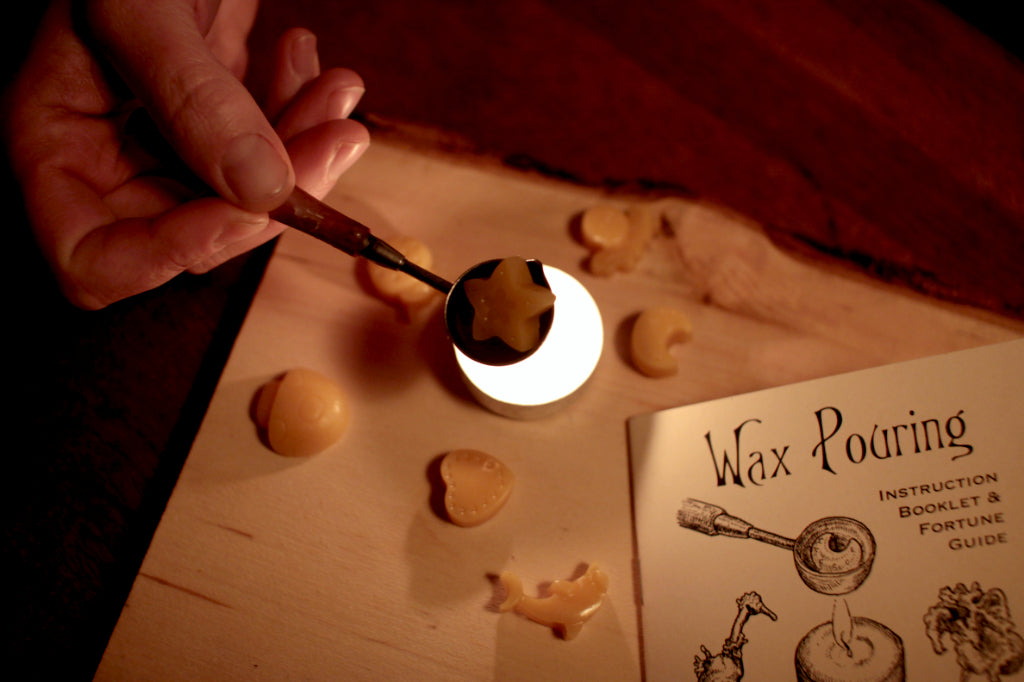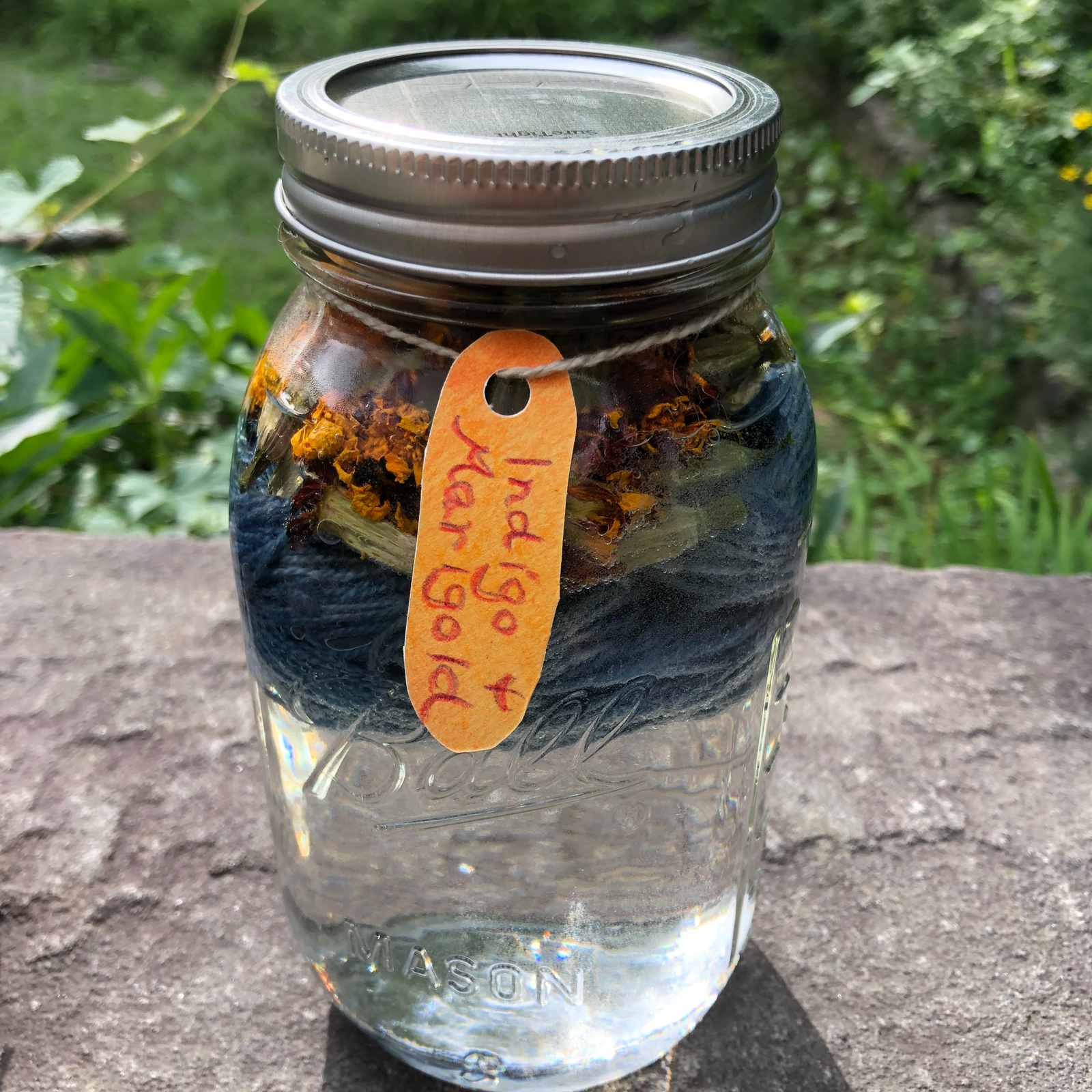Romare Bearden
1911 - 1988
Li'l Dan, the Drummer Boy:
A Civil War Story
written & illustrated by Romare Bearden

Romare Bearden 2025 Wall Calendar
I also bought the 2011 Wall Calendar
My Hands Sing the Blues:
Romare Bearden's Childhood Journey
by Jeanne Walker Harvey

Romare Bearden: Collage of Memories
by Jan Greenberg
The Block
poems by Langston Hughes, artwork by Romare Bearden
Me and Uncle Romie:
A Story Inspired by the Life and Art of Romare Bearden
by Claire Hartfield
also
Art History Kids - February 2021
- The Dove (1964)
Jazz Village (1967)
Tomorrow I May Be Far Away (1967)
City Lights (1970)
The Blues (1975)
Quilting Time (1986)
Week 1 Project, p.16 - A Family Portrait Collage
Week 2 Project, p.26 - A Collage That Features Your Passion
Week 3 Project, p.32 - A Collage That Shows Your Community
Week 4 Project, p.34 - A Collage Series
Martin Luther King, Jr. - Mountain Top (1968)
National Portrait Gallery
The Art of Romare Bearden: A Resource for Teachers (PDF)
National Gallery of Art
print pages 1, 4, 6, 10-13, 20-23, 30
activity: Write a Poem Inspired by Collage
MMA - Georges Braque (Cubism)
Using Art to Create Art: Creative Activities Using Masterpieces
by Wendy Libby
p.11 - art movement (Cubism, Surrealism)
p.12 - "Collage of a Person" activity
p.13 - sample piece of art, Serenade (1969)
p.14 - mini biography
p.15 - "Neighborhood Collage" activity
p.16 - "Collage of Faces" activity
Grid journaling slowstitch style
YouTube video from k3n clothtales
"Printing with threads and yarns" lessons from Jayne Emerson's course
(Gel Printing on and with Textiles)
The Encyclopedia of Artists
volume 1, pp.30-31
New Orleans: Ragging Home (1974)
Bearden's work at nearby museums:
- Mildred Lane Kemper Art Museum, Washington University, STL
Black Venus (1968), on display from 01/09/2025 - 07/21/2025
extra ideas I had that we didn't get to
- design additional collage materials using "Printing on threads and yarns" techniques from Jayne Emerson
"A Collage That Features Your Passion" activity
from Art History Kids, p.26
"A Collage Series" activity
from Art History Kids, p.34
"Collage of Faces" activity
from Using Art to Create Art, p.16
"Write a Poem Inspired by Collage" activity
from National Gallery of Art packet, p.23
I recommend joining Lotus Stewart's Art History Kids website (The Studio) and getting access to her past lesson plans. I like her work, and find it's really helpful to have so many ideas that I can use as a jumping off point.

week of Jan 6:
Thu
- read
Li'l Dan, the Drummer Boy: A Civil War Story by Romare Bearden
begin Grid journaling slowstitch style
as a Handwork project to work on during our Philosophy lessons
for each child:
-
14 inch square of old sheet as background
draw four squares (3 3/4 inches) with ultra fine point Sharpie
choose fabric scraps, put in handwork basket or sewing box
three needles (2 strands of embroidery floss)
pincushion or slip of paper to hold the needles
have been so useful!
week of Jan 13:
Mon
- AM - open and look at artwork in 2025 calendar
-
Monday Morning (1967)
Saturday Morning Breakfast (1967)
Three Folk Musicians (1967)
The Fortune Teller (1968)
Patchwork Quilt (1970)
Calypso's Sacred Grove (1977)
Falling Star (1979)
Artist with Painting and Model (1981)
At the Well (1983)
Autumn Lamp (1983)
Blues at the Crossroads (1985)
Lady and the Blues (1986)
read My Hands Sing the Blues: Romare Bearden's Childhood Journey
by Jeanne Walker Harvey
work on fabric collage (choose 3 colors of embroidery floss, pull out 2 strands of each color, thread all 3 needles, begin to sew)
PM - look at calendar artwork and discuss collage
read My Hands Sing the Blues: Romare Bearden's Childhood Journey
begin "Collage of a Person" activity
from Using Art to Create Art, p.12
with various scrapbook papers and faces cut from magazines
Tue
-
Friends collage (for Philosophy discussion)
modified "A Family Portrait Collage" activity, Art History Kids, p.16
Wed
- design our own papers for collage using "Printing with threads and yarns" techniques from Jayne Emerson, set them aside to dry
Golden OPEN paints, 5x7 gelatin printing plate, printer paper, thread
week of Jan 20:
Mon
- Martin Luther King Jr. Day
AM - open and look at artwork in 2011 calendar
-
Mother and Child (c. 1972)
Dreams of Exile (The Green Snake) (1973)
Delilah (1974)
Noah, Third Day (1974)
Tropical Flowers (c. 1974)
The Family (1975)
The Return of Ulysses (1976)
Tidings (c. 1977)
Mecklenburg Autumn (1980)
Morning of the Rooster (1980)
Easter Procession (1983)
Le Jazz (Out Chorus II) (c. 1986-1987)
read
Romare Bearden: Collage of Memories
by Jan Greenberg
continue to work on fabric collage
PM - finish "Collage of a Person" activity
Wed
-
read excerpts from The Block
- Projection, p.9
Late Last Night, p.10
As Befits a Man, p.13
Testimonial, p.17
Motto, p.32
begin "Neighborhood Collage" activity
from Using Art to Create Art, p.15
with our gelatin-plate printed papers
Thu
- work on "Neighborhood Collage" activity
week of Jan 27:
Mon
-
AM - learn about Cubism
read Picasso and the Girl with a Ponytail by Laurence Anholt
Bearden traveled to Paris in 1950 and spent about seven months there. He met both Pablo Picasso and Georges Braque!
- At the end of his visit Bearden did not want to leave. His friend, the cultural critic, essayist, and novelist Albert Murray, said, “Romie spent the whole day buying paper...all kinds of drawing papers—rice papers, special sizes and surfaces, different colors. His eyes got more and more moist the later it got.” One reason Bearden turned to songwriting in the 1950s was in hopes of raising funds for a return to Paris.
from National Gallery of Art packet, p.30
Wed
- finish "Neighborhood Collage" activity
week of Feb 3:
Mon
- AM - "Cut-Paper Portrait" activity (Pablo Picasso lesson plan)
from Using Art to Create Art, p.166
PM - experiments with gelatin plate printing
Tue
- "Cubist-Style Leaves" activity (Georges Braque lesson plan)
from Using Art to Create Art, p.18
Thu
- revisit Bearden's work and look at the influence of Cubism
read Me and Uncle Romie: A Story Inspired by the Life and Art of Romare Bearden by Claire Hartfield
In addition to the Art History lesson for my regular school group (age 7-13), I'll have a Monday afternoon Art History class for early childhood (age 5-7). I think the "littles" will love Romare Bearden!
This post contains affiliate links to materials I truly use for homeschooling. Qualifying purchases provide me with revenue. Thank you for your support!













































 Immersive Experience
Immersive Experience Immersive Experience
Immersive Experience






